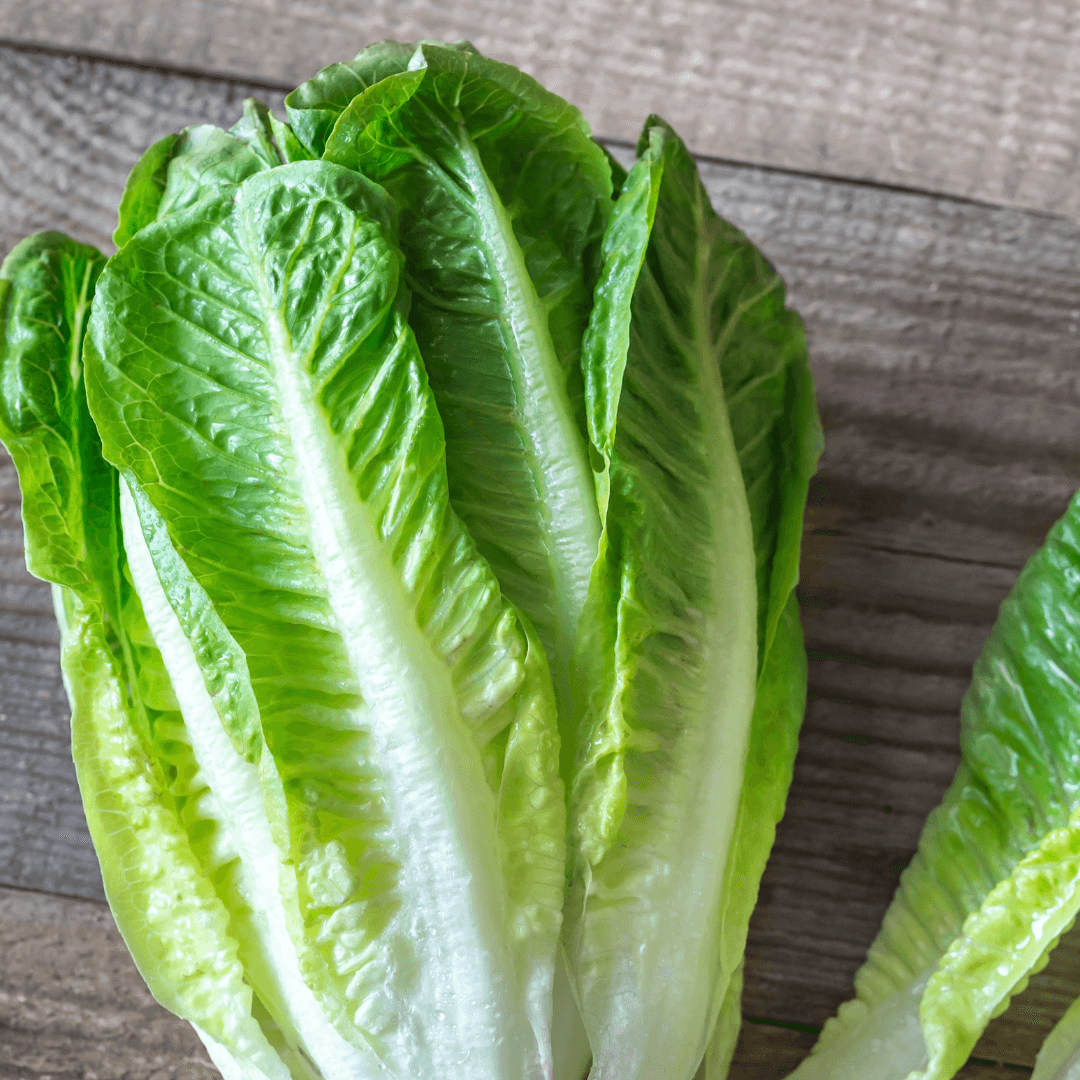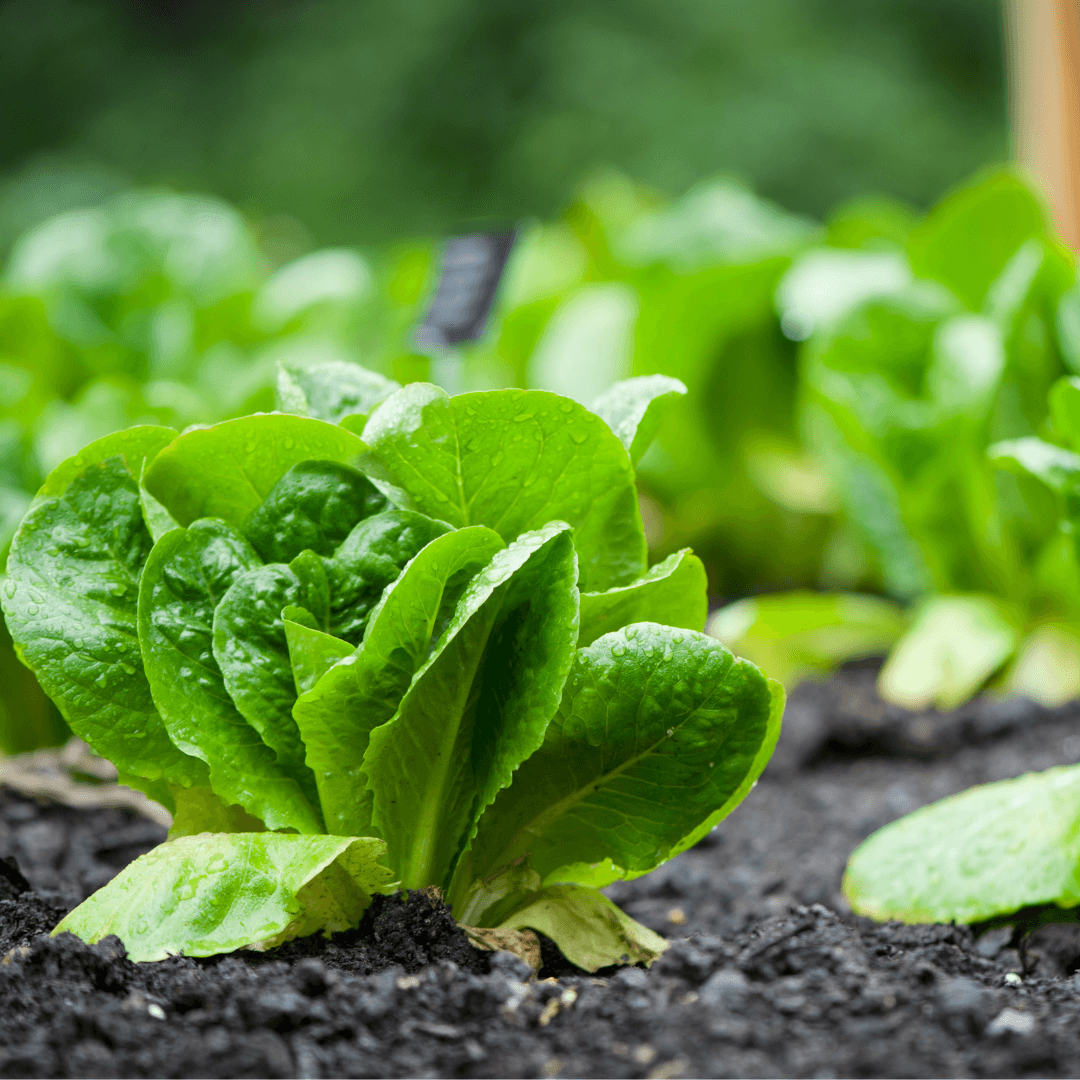Are you tired of buying expensive and often wilted lettuce from the grocery store? Growing lettuce indoors on a windowsill may be the solution to your problem. It is an easy and convenient way to have fresh greens at your fingertips and has several benefits for your health, wallet, and the environment. Learning how to grow lettuce on a windowsill is easier than you think!
One significant advantage of growing lettuce indoors is that you can control the conditions in which it grows. No more worrying about pesticides or other harmful chemicals in store-bought produce.
Instead, you have complete control over what goes into your plants, ensuring they are healthy and safe to eat. In addition to providing a healthier option for eating, growing your lettuce indoors can also save money in the long run.
With proper care and maintenance, one plant can produce multiple harvests throughout its lifespan, eliminating the need for constant trips to the grocery store. Another benefit of indoor gardening is its eco-friendliness.
By growing your lettuce at home, you are reducing transportation costs and reducing carbon emissions associated with shipping food across long distances. Plus, you'll reduce waste by only harvesting what you need when needed.
Growing lettuce indoors on a windowsill offers numerous benefits for personal health and environmental sustainability. This guide will cover everything needed to create a thriving indoor garden so that fresh greens will always be within reach.
Materials Needed
Growing lettuce indoors on a windowsill is an easy and convenient way to enjoy fresh, tasty greens all year round. To get started, you'll need a few basic materials. This section will examine the most essential materials for your indoor lettuce garden.
A Container With Drainage Holes
The first thing you'll need is a container with drainage holes. This container can be large enough to hold your lettuce plants and has at least one drainage hole in the bottom.
You can use anything from plastic containers to ceramic pots, as long as it has good drainage. If you're using a recycled container, ensure it's clean and has no traces of chemicals or contaminants that could harm your plants.
Potting Soil
The right soil is essential for growing healthy lettuce plants indoors. Choose high-quality potting soil rich in nutrients and designed for indoor use.
Make sure it contains perlite or vermiculite to improve drainage and prevent waterlogging. When filling up your container with soil, leave about an inch of space below the rim to allow for watering without spilling over.
Lettuce Seeds or Seedlings
Next up are your lettuce seeds or seedlings. You can start from seed or buy young seedlings from a local nursery or our online seed store. If starting from seed, choose varieties suitable for indoor growing and follow the package instructions carefully when planting them in the soil.
If using seedlings, gently remove them from their original container and plant them in the center of your prepared potting soil. Be careful not to damage their roots during transplanting.
Watering Can or Spray Bottle
Water is essential for healthy plant growth, so ensure you have a watering can or spray bottle handy to keep your lettuce plants hydrated. A watering can is ideal for larger containers, while a spray bottle can be used for smaller pots or delicate seedlings. Water your plants regularly, but avoid overwatering, which can lead to root rot. I prefer bottling my plants to promote good root growth and hydration.
Fertilizer (Optional)
You may consider using fertilizer to boost your lettuce plants' growth and nutrient content. Many types of fertilizers are available, including organic options that are safe for indoor use.
If you decide to use fertilizer, follow the instructions carefully and avoid over-fertilizing, which can damage your plants. With the right materials and care, you'll soon enjoy fresh, delicious lettuce from your indoor garden!

Best Varieties of Lettuce for Windowsill Gardens
-
Little Gem: As the name suggests, Little Gem lettuce is a small variety perfect for growing in confined spaces such as windowsills. This compact Romaine lettuce has a sweet flavor and a crisp texture, making it a great addition to salads and sandwiches.
-
Oak Leaf: Oak Leaf lettuce is another excellent choice for windowsill gardens. This loose-leaf variety features attractive, deeply lobed leaves that resemble oak leaves. Available in green and red varieties, Oak Leaf lettuce is known for its tender texture and mild, sweet flavor.
-
Butterhead: Also known as Boston or Bibb lettuce, Butterhead is a small, soft-textured lettuce variety that thrives in windowsill gardens. With its delicate buttery leaves, Butterhead lettuce is perfect for creating a light and flavorful salad.
-
Lollo Rossa: Lollo Rossa is an eye-catching lettuce variety with a unique, frilly appearance. This loose-leaf lettuce has a crisp texture and a slightly bitter taste. Its vibrant red color adds visual interest to your windowsill garden and can make your salads stand out.
-
Red Sails: Red Sails lettuce is a popular loose-leaf variety that does well in small spaces. The large, tender leaves have a beautiful reddish-bronze color and a mild flavor. Red Sails lettuce is also heat-tolerant, making it an excellent choice for windowsill gardens with lots of sunlight.

Choosing the Right Location
Sunlight Requirements for Indoor Lettuce Garden
When choosing a location for your indoor lettuce garden, looking for a sunny windowsill that receives at least six hours of sunlight per day is important. Lettuce plants require a lot of light to grow and thrive. If your windowsill does not receive enough natural light, you can supplement it with artificial lighting.
For example, leaf lettuce can tolerate more shade than head lettuce. Therefore, choosing the right type of lettuce is important based on how much sunlight your windowsill gets.
Avoid Cold Drafts and Extreme Temperatures
In addition to sunlight, choosing a spot away from cold drafts and extreme temperatures is important. Lettuce prefers cooler temperatures between 60-70°F (15-21°C). If the temperature drops too low or goes above 75°F (24°C), your plants may become stressed and struggle to grow.
Drafts from open windows or air conditioning can also harm your plants as they can cause rapid temperature changes and dry out the soil quickly. It is best to place your indoor lettuce garden in an area where it will not be affected by these things.
Consider Humidity Levels
Another factor to consider when choosing the right location for your indoor lettuce garden is humidity levels. Lettuce plants prefer high humidity levels between 40-60%. In dry environments, you may need to increase humidity levels by misting your plants regularly or using a humidifier.
On the other hand, if humidity levels are too high, it can lead to mold growth on the leaves of your plants. To avoid this, ensure your plants have good air circulation and are not overcrowded.
Choose a Convenient Location
It is important to choose a location that is convenient for you. This will make it easier to care for your plants and ensure they receive the attention they need. Choose a site that is easily accessible so you can water your plants regularly and check for any signs of pests or diseases.
Choosing the right location for your indoor lettuce garden allows you to set your plants up for success and enjoy a bountiful harvest. Remember the sunlight requirements, temperature range, humidity levels, and convenience when choosing the best spot in your home to grow lettuce indoors on a windowsill.
Preparing Your Container and Soil
Filling the container with potting soil up to about an inch below the rim
The first step in preparing your container for planting is to fill it with potting soil. Use a high-quality potting mix that is specifically formulated for vegetables. Avoid garden soil, which can be too heavy and may contain pests or diseases.
Fill the container up to about an inch below the rim, leaving enough space for water. It's important not to overfill the container, which can lead to waterlogging and poor drainage.
When filling your container, break up any clumps of soil and remove any debris or large rocks. This will ensure your lettuce plants have enough room to grow and thrive.
Watering the soil until it is moist but not soaked
After filling your container with potting soil, it's important to water it thoroughly. Use a watering can or spray bottle to moisten the soil evenly. Be careful not to overwater your lettuce plants at this stage.
Lettuce thrives in well-draining soil that is consistently moist but not waterlogged. Overwatering can lead to root rot and other diseases.
To test if you've watered your soil enough, press your finger into the top inch of the soil. If it feels moist but not soggy, you're on track!
Planting lettuce seeds or seedlings according to package instructions
Once you've prepared your container and moistened the potting mix, it's time to plant your lettuce seeds or seedlings. If using seeds, sprinkle them evenly across the surface of the potting mix according to package instructions.
Cover them lightly with a thin layer of soil. If using seedlings (small plants), carefully remove them from their original pots and gently loosen any tangled roots before planting them in the new container.
Make sure to space your lettuce plants evenly and leave enough room between them for growth. Most lettuce varieties should be spaced about six inches apart.
Choosing the right container
When choosing a container for your indoor lettuce garden, it's important to select one that is large enough to accommodate your plants' roots and provides adequate drainage. Look for containers with drainage holes in the bottom to prevent water from accumulating at the roots. You can also add a gravel or broken pottery layer at the bottom of your container to aid in drainage.
Choose a container of materials, such as plastic or glazed ceramic, that will not break down over time. Avoid unglazed terracotta pots, which can dry out quickly and provide insufficient plant insulation.
Add fertilizer if needed.
While lettuce doesn't require a lot of fertilizer, it can benefit from a small amount of added nutrients if grown indoors. Look for an organic vegetable fertilizer that is low in nitrogen, as too much nitrogen can lead to leafy growth at the expense of root development. Apply fertilizer according to package instructions, usually once every two weeks.
Be careful not to over-fertilize, as this can burn your plants and lead to nutrient imbalances. Regular watering and good soil preparation are more important than heavy fertilization when growing healthy indoor lettuce plants.
Caring for Your Indoor Lettuce Garden
Watering your Plants: The Key to Success
Lettuce requires consistent moisture to grow well, but it is equally important not to over-water. Over-watering can lead to root rot and other issues that can kill your plants.
Water your lettuce deeply once a week or when the soil feels dry to ensure it stays healthy. Be sure not to let the soil become completely dry or waterlogged.
Fertilizing Your Indoor Lettuce Garden
While not necessary, fertilizing your indoor lettuce garden can significantly improve its growth rate and overall health. Choose an organic fertilizer high in nitrogen and follow package instructions carefully. Generally, you should fertilize about once a month during the growing season.
Light Requirements for Optimal Growth
Lettuce needs at least six hours of direct sunlight daily to grow well indoors on a windowsill. If you cannot access this amount of natural light, consider using a grow light. The light should be placed about six inches above the top of the plants and left on for 12-16 hours each day.
Pest Control Strategies
Indoor lettuce gardens are less susceptible to pests than outdoor ones but are still vulnerable to aphids, spider mites, and whiteflies. Monitor your plants regularly for signs of infestation and take action as needed by using insecticidal soap or neem oil spray.
 Frequently Asked Questions (FAQs) about How to Grow Lettuce on a Windowsill
Frequently Asked Questions (FAQs) about How to Grow Lettuce on a Windowsill
1. What types of lettuce can I grow on a windowsill?
You can grow a variety of lettuce types on a windowsill, including loose-leaf, romaine, butterhead, and even smaller-head varieties. Loose-leaf lettuce is the most popular choice for windowsill gardening due to its fast growth and ability to be harvested multiple times.
2. How much sunlight does lettuce need?
Lettuce requires at least 6-8 hours of direct sunlight daily to grow well. South or southwest-facing windows are ideal, providing the most sunlight throughout the day. If your windowsill doesn't receive enough sunlight, you can supplement it with a grow light.
3. What kind of container should I use for growing lettuce on a windowsill?
Choose a container with good drainage at least 4-6 inches deep to accommodate the root system. You can use containers like plastic pots, terracotta pots, or even repurposed containers, as long as they have drainage holes.
4. What kind of soil should I use for growing lettuce indoors?
Use a well-draining, high-quality potting mix with added organic matter, such as compost or aged manure. This will provide the necessary nutrients for your lettuce to grow properly.
5. How often should I water my indoor lettuce?
Water your lettuce consistently, keeping the soil evenly moist but not waterlogged. Watering frequency depends on factors like temperature, humidity, and the type of container used. Check the soil regularly and water when the top inch feels dry.
6. Can I grow lettuce indoors all year round?
Yes, you can grow lettuce indoors year-round if you provide the necessary light, temperature, and humidity conditions. However, lettuce prefers cooler temperatures, which may grow more slowly in warmer months.
7. How do I harvest my lettuce?
For loose-leaf lettuce, you can begin harvesting individual leaves once they are at least 3-4 inches long. Cut the outer leaves with scissors, leaving the inner leaves to grow. For head varieties, harvest the entire head when it reaches the desired size by cutting it at the base.
8. How long does lettuce grow on a windowsill take?
Lettuce generally takes 4-6 weeks to grow from seed to harvest on a windowsill, depending on the variety and growing conditions. Some loose-leaf varieties can be ready for harvest in as little as 3 weeks.
9. Can I grow lettuce from store-bought lettuce?
Yes, you can regrow lettuce from the base of store-bought lettuce. Simply place the leftover base in a shallow water container with the cut end facing up. Refresh the water every few days; you should see new growth within a week. Once roots develop, transplant the lettuce into a container with soil.
10. What are some common problems when growing lettuce on a windowsill, and how can I avoid them?
Some common issues include insufficient light, over- or under-watering, and pests like aphids. To avoid these problems, ensure your lettuce receives adequate sunlight, monitor soil moisture regularly, and keep your growing area clean. If you notice pests, treat them promptly with insecticidal soap or other appropriate methods.
Conclusion Growing Lettuce Indoors
Growing lettuce indoors on a windowsill is an easy way to enjoy fresh greens year-round without having access to outdoor space or traditional gardening equipment. You can create thriving lettuce plants with just a few basic supplies and some care and attention paid toward watering, fertilizing, lighting, and pest control strategies covered in this article. Not only does indoor gardening provide a source of fresh produce, but it can also be a therapeutic and relaxing activity that brings a bit of nature into your home.
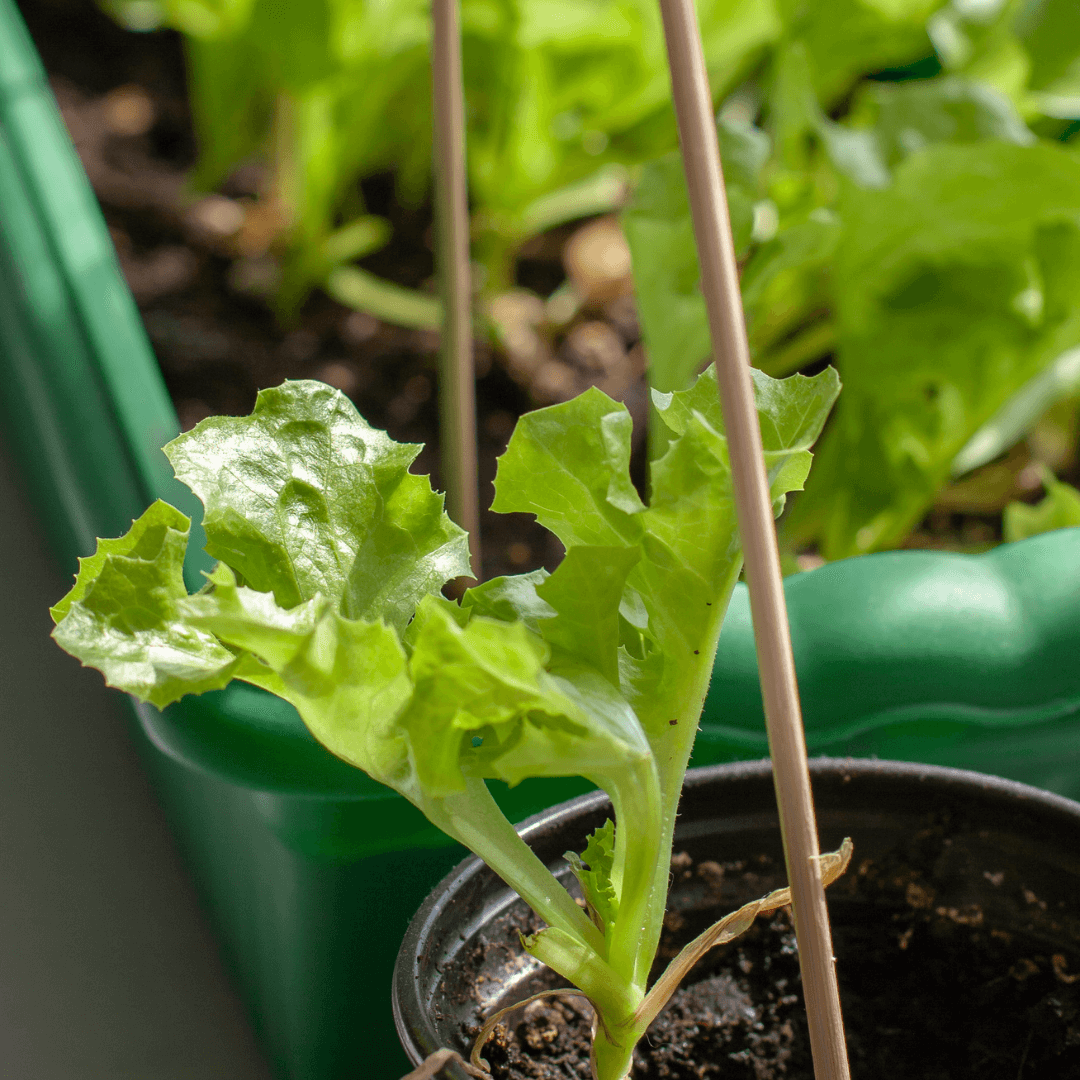
 Frequently Asked Questions (FAQs) about How to Grow Lettuce on a Windowsill
Frequently Asked Questions (FAQs) about How to Grow Lettuce on a Windowsill


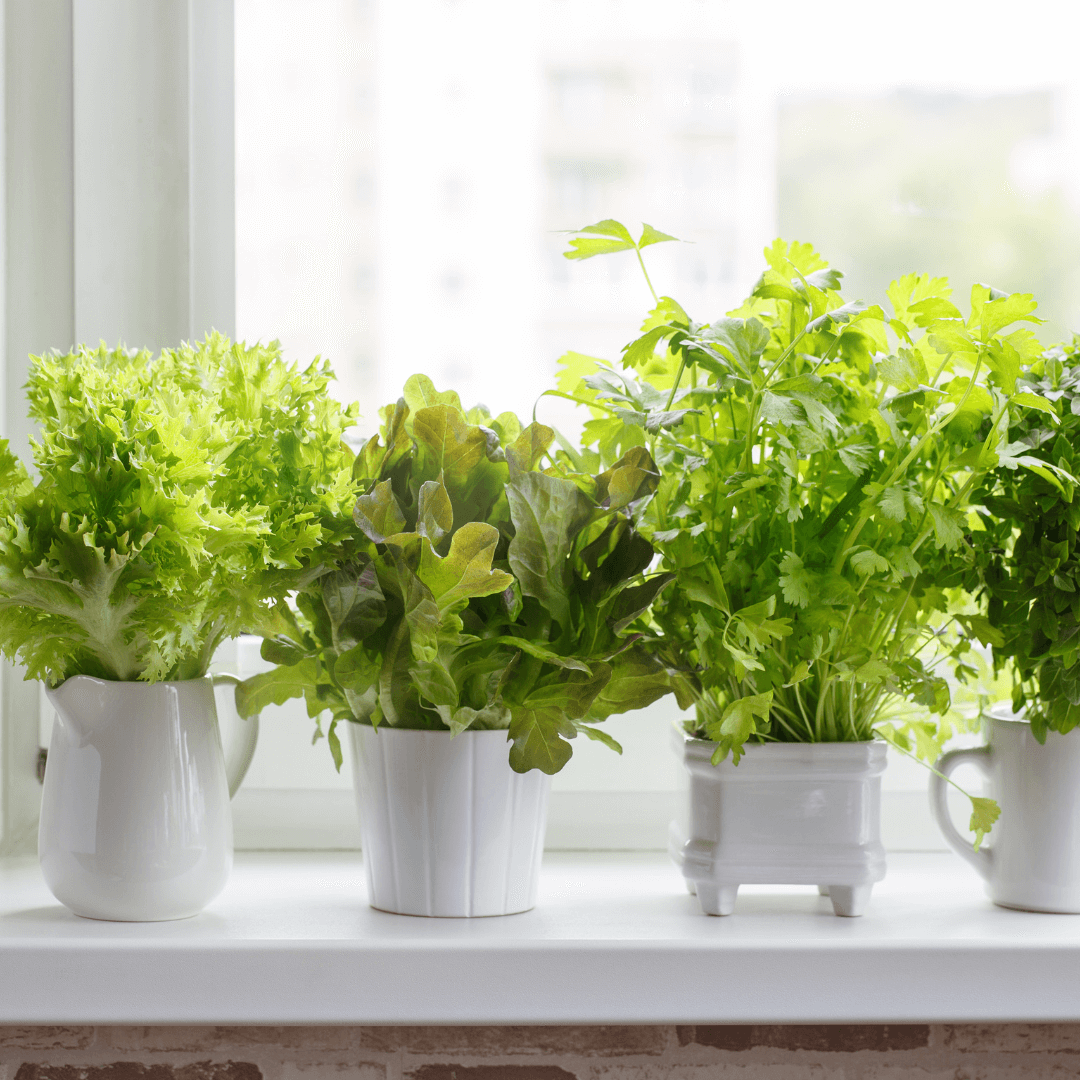

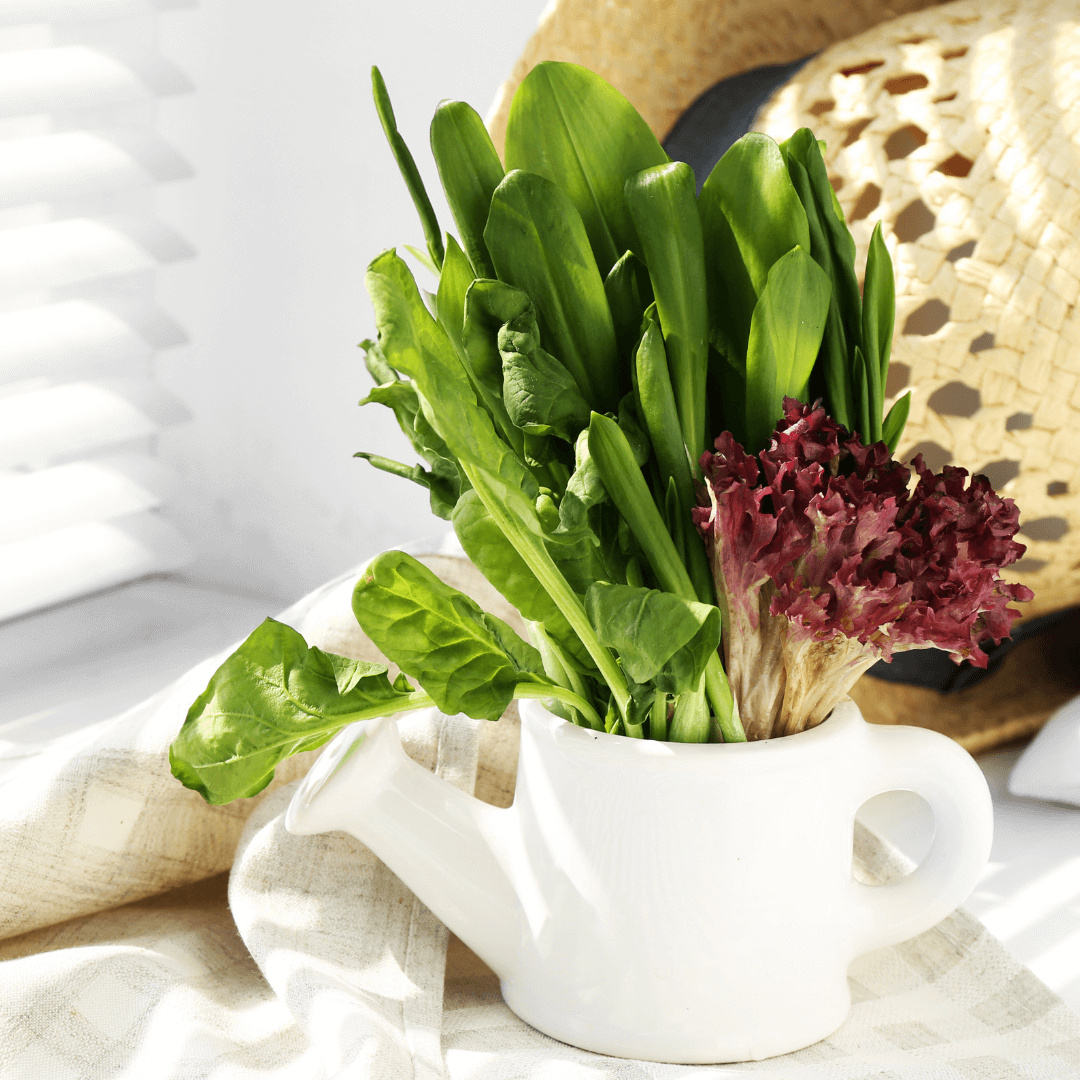
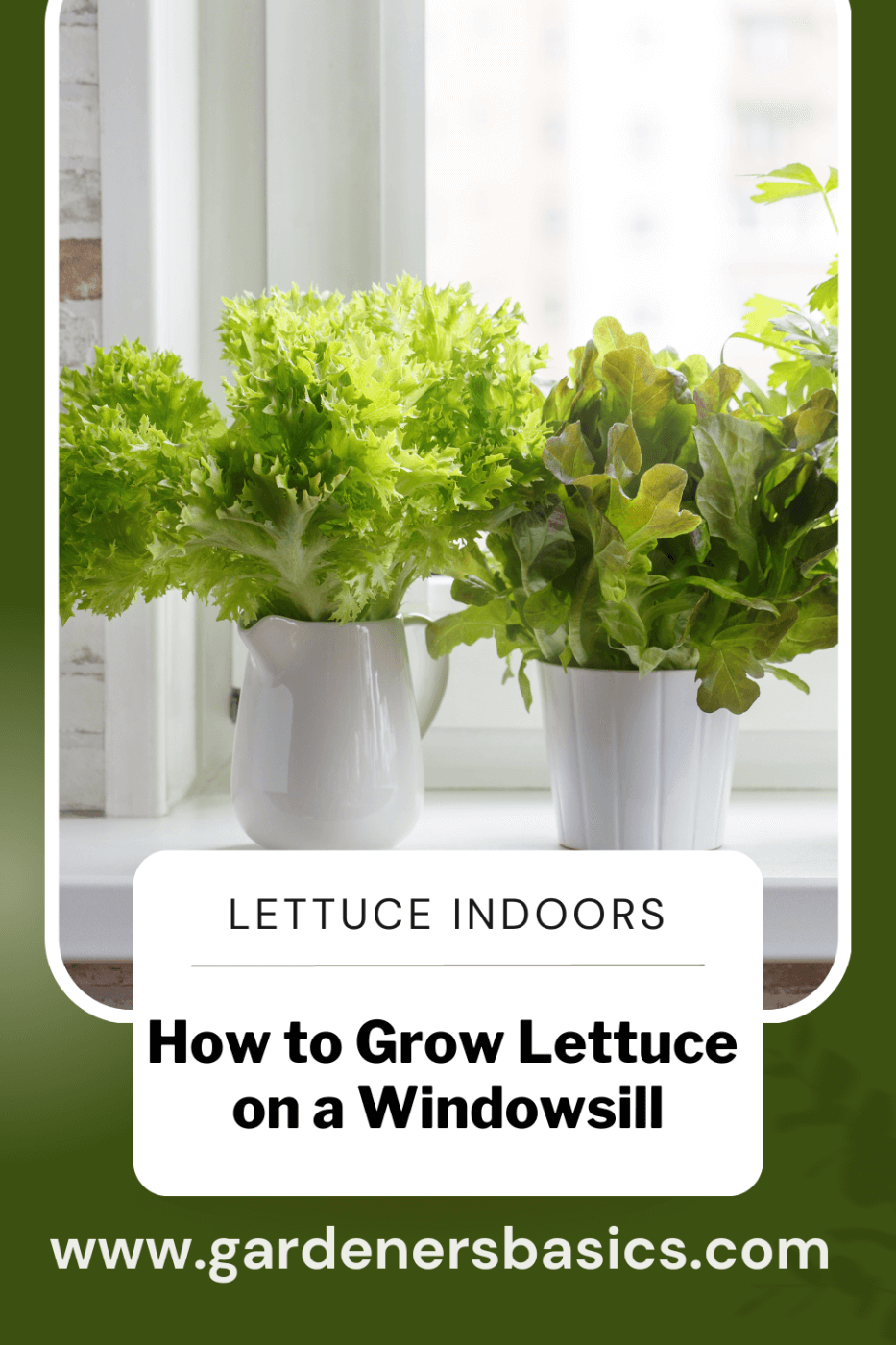 Frequently Asked Questions (FAQs) about How to Grow Lettuce on a Windowsill
Frequently Asked Questions (FAQs) about How to Grow Lettuce on a Windowsill